There is and has always been a requirement within the Australian Defence force (ADF) to perform mentally and physically arduous tasks, often in less than ideal circumstances. All members of the ADF will at some point be push physically and to outside there comfort zone. Serving members of the ADF who do well are more often than not those that have spent hours of their free time ensuring they are ready for the challenge. The best way to prepare yourself in the military for physical challenges is by developing your work capacity.
What is Work Capacity?
Work Capacity is a term that is used often when discussing levels of fitness but what do you know about it? Greg Glassman (founder of crossfit) really developed and pushed the idea of work capacity being a measurable unit of health and fitness. Work capacity is the ability to perform real physical tasks as measured by force * distance / time (which is average power). Fitness is this ability in as many domains as possible. This definition is important as it offers trainers the ability to observe and use data to determine health and fitness in more repeatable scientific terms. Generally speaking work capacity is the total amount of work you can perform, recover from, and adapt positively to in the shortest amount of time. Something which is almost universally relevant when discussing all aspects of athletic performance.
Why is Work Capacity Important?
Work Capacity is important as it is a method for testing fitness and ability through different fitness domains. Most coaches should aim develop an athlete, or in this case a soldier, to be physically prepared across the board. Improving work capacity means being able to do more work with greater efficiency. The ability to become efficient across different working environment whilst under different types of stress for changing periods should be the goal of every member of the Australian Defence Force.
Competency in the ten general physical skills of fitness:
- Cardiovascular/respiratory endurance – The ability of body systems to gather, process, and deliver oxygen.
- Stamina – The ability of body systems to process, deliver, store, and utilize energy.
- Strength – The ability of a muscular unit, or combination of muscular units, to apply force.
- Flexibility – the ability to maximize the range of motion at a given joint.
- Power – The ability of a muscular unit, or combination of muscular units, to apply maximum force in minimum time.
- Speed – The ability to minimize the time cycle of a repeated movement.
- Coordination – The ability to combine several distinct movement patterns into a singular distinct movement.
- Agility – The ability to minimize transition time from one movement pattern to another.
- Balance – The ability to control the placement of the bodies center of gravity in relation to its support base.
- Accuracy – The ability to control movement in a given direction or at a given intensity.and we believe there should be an 11th
- Mental Resilience – The ability to push beyond mental limitations into true physical limits.
Training
Studies on similar high intensity and varied programming has found significant improvements amongst those that participated. In the study body fat percentage was estimated using whole-body plethysmography, and maximal aerobic capacity (VO2max) was measured by analyzing expired gasses during a Bruce protocol maximal graded treadmill test. These variables were measured again after 10 weeks of training and compared for significant changes using a paired t-test. Results showed significant (p < 0.05) improvements of VO2max in men (43.10 ± 1.40 to 48.96 ± 1.42 ml · kg · min) and women (35.98 ± 1.60 to 40.22 ± 1.62 ml · kg · min) and decreased body fat percentage in men (22.2 ± 1.3 to 18.0 ± 1.3) and women (26.6 ± 2.0 to 23.2 ± 2.0). These improvements were significant across all levels of initial fitness. Significant correlations between absolute oxygen consumption and oxygen consumption relative to body weight was found in both men (r = 0.83, p < 0.001) and women (r = 0.94, p < 0.001), indicating that HIPT (High-intensity Power Training) improved VO2max scaled to body weight independent of changes to body composition.
So…what your point?
This is the basis for all functional fitness (not necessarily bodybuilding, power-lifting, swimming etc…) programs. These programs wont make you a professional bodybuilder or competitive strongman but they will deliver an individual who is well rounded, functional, diverse and mentally resilient. Incorporate this as a methodological basis for a fitness programs whilst developing military specific fitness and you have developed highly useful targeted programming for all members of the Australian Defence Force to develop themselves into more capable individuals.
To Learn more about how the ADF team will help you develop your Work Capacity

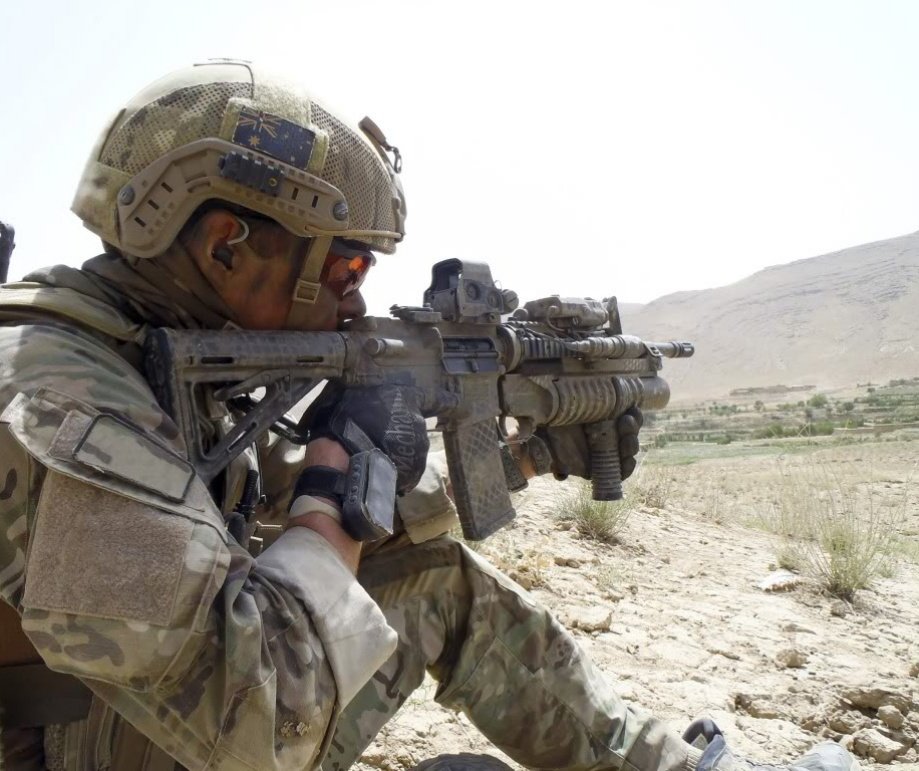
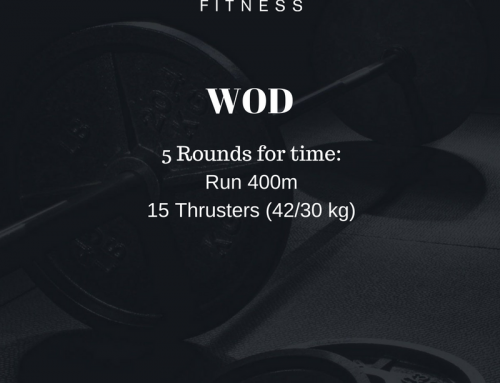
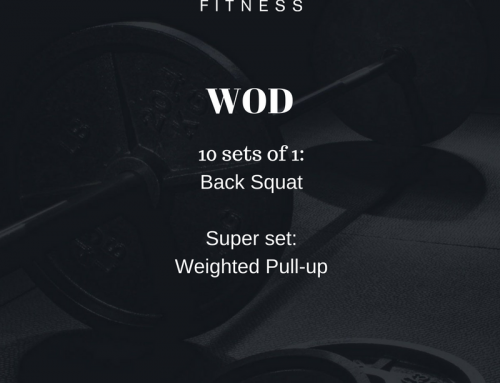
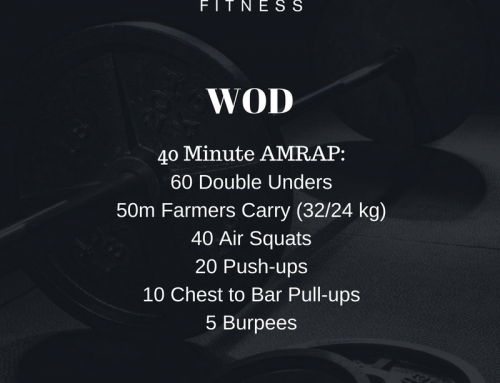
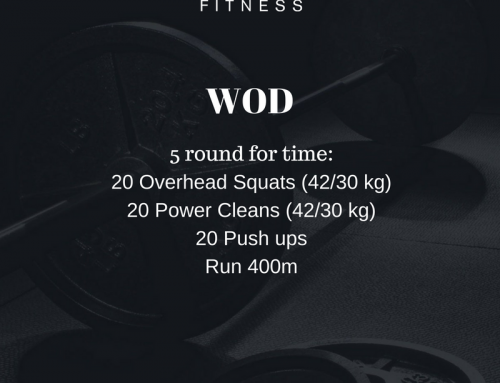
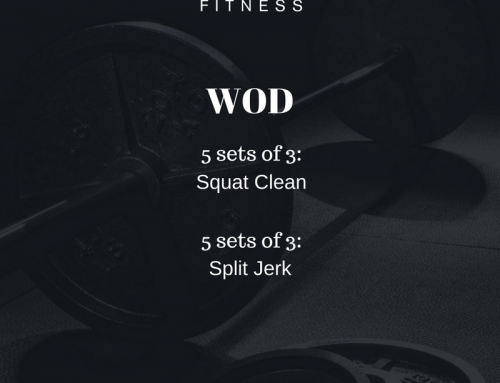
Leave A Comment